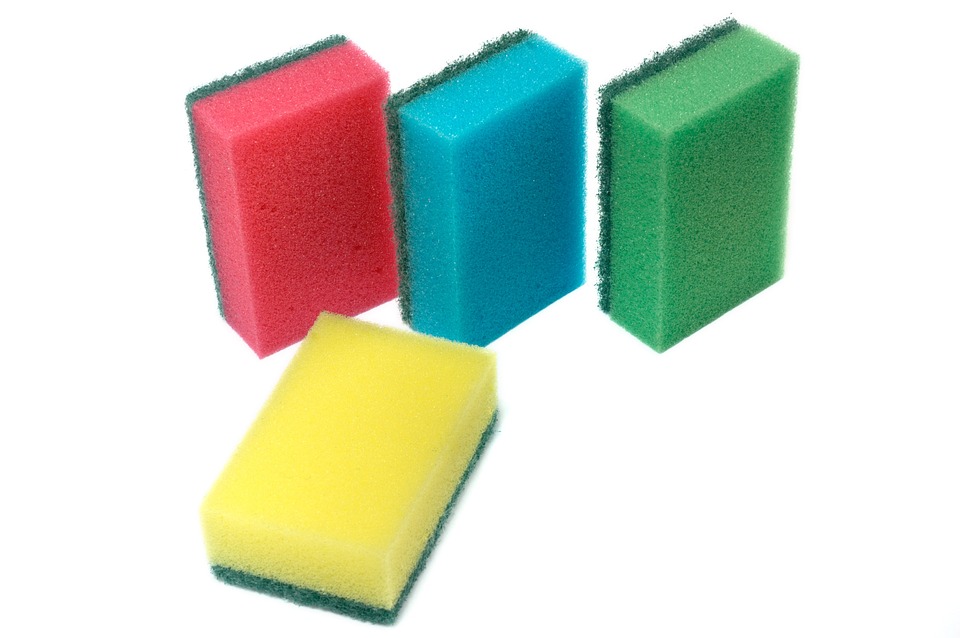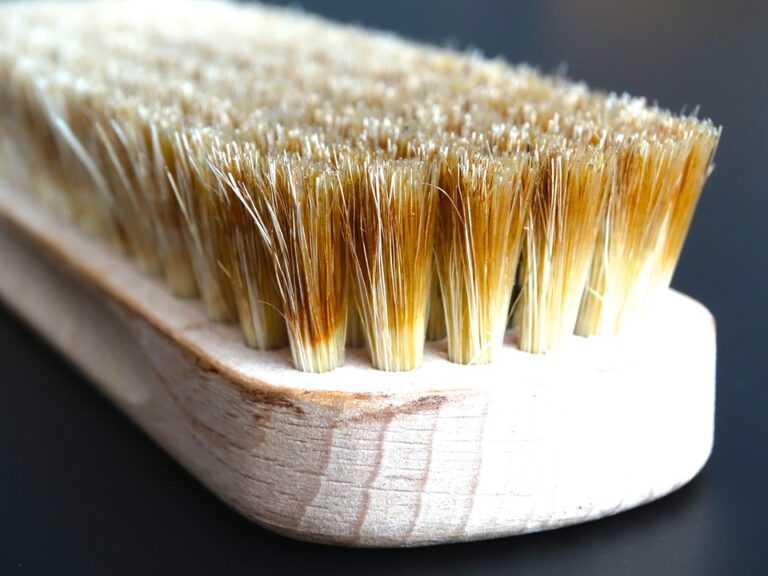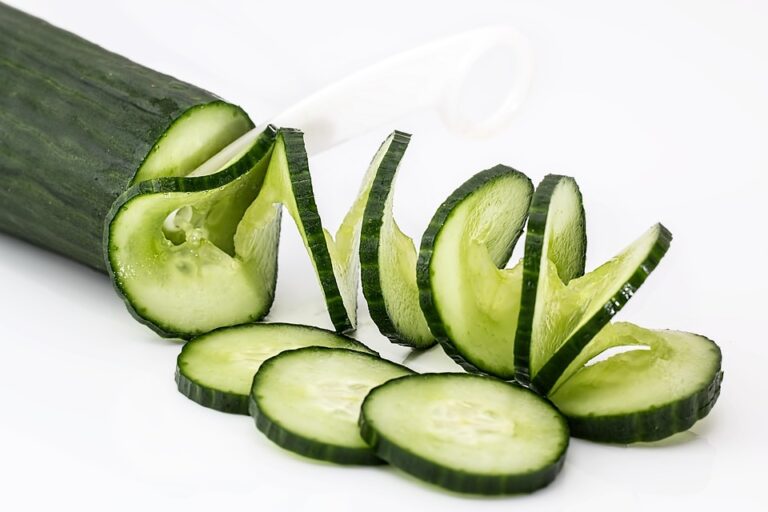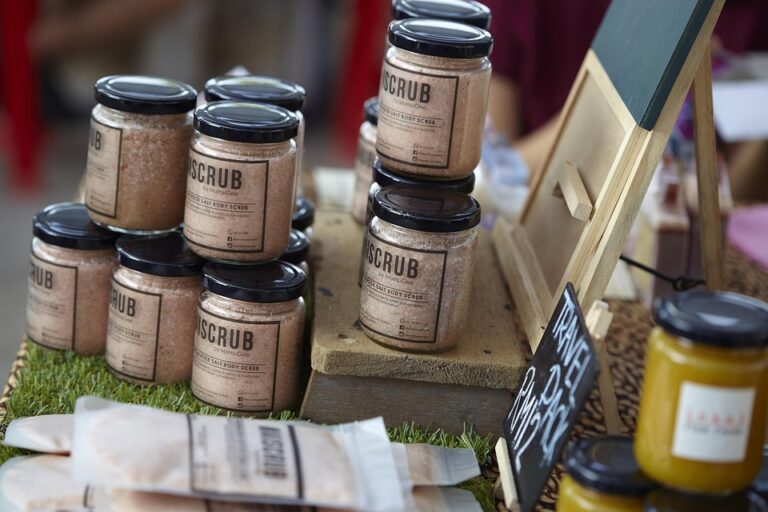
The Journey of Foaming Cleansers: A Historical Perspective
When we think about foaming cleansers today, we might conjure images of sleek bottles adorned with enticing labels, promising a radiant complexion with every pump. Yet, the evolution of these everyday essentials is a fascinating tale, marked by innovation, shifting consumer preferences, and a burgeoning understanding of skin health. How did we transition from rudimentary formulations to the modern must-haves that grace our bathroom shelves?
1. The Origins: A Humble Beginning
The story of foaming cleansers begins long before the advent of sophisticated skincare routines. In ancient civilisations, cleansing was often achieved with natural substances like clay, oils, and herbs. The Egyptians, for instance, used a combination of oil and salt to exfoliate and cleanse their skin. Furthermore, the Greeks and Romans introduced the idea of bathing as a social ritual, employing various concoctions that laid the groundwork for future innovations.
As the 20th century approached, the industrial revolution heralded a new era of synthetic chemistry. The introduction of surfactants—compounds that lower the surface tension of liquids—marked a significant turning point. Early foaming cleansers, often derived from harsh soaps, were primarily designed for their cleansing prowess rather than for their gentleness or compatibility with skin types. The concept of a “nice lather” became synonymous with effective cleansing, yet many formulations were incredibly stripping, leaving the skin feeling tight and parched.
2. The Shift Towards Gentle Formulations
By the 1980s, consumers began to demand more from their skincare products. The rise of the beauty industry, coupled with an increased awareness of skin health, prompted brands to reconsider their formulations. Herein lies the pivotal moment: the introduction of milder surfactants, such as sodium lauryl sulfoacetate and cocamidopropyl betaine. These innovations allowed cleansers to foam luxuriously while preserving the skin’s natural barrier.
Interestingly, this shift was fuelled not just by consumer demand but also by dermatological research. Experts highlighted the importance of maintaining the skin’s pH balance and moisture levels, leading to the development of pH-balanced foaming cleansers that catered to sensitive skin. The emergence of terms like "non-comedogenic" and "dermatologically tested" became commonplace, reassuring consumers of the safety and efficacy of their products.
3. The Role of Ingredients: Beyond Cleansing
Modern foaming cleansers are no longer merely about removing dirt and oil. They have evolved into multifunctional products that often incorporate ingredients aimed at addressing specific skin concerns. For instance, cleansers infused with salicylic acid cater to those prone to acne, while those enriched with hyaluronic acid cater to hydration needs. The trend of including botanical extracts and antioxidants has also gained traction, providing additional benefits that resonate with the health-conscious consumer.
Such advancements prompt a compelling question: what constitutes an effective foaming cleanser? Is it the presence of luxurious ingredients or merely the ability to create a rich foam? Industry professionals argue that the formulation must strike a delicate balance—ensuring that cleansing properties do not compromise the skin’s integrity. The dialogue surrounding this topic continues to evolve, as brands seek to educate consumers on the importance of ingredient transparency and efficacy.
4. The Present and Future: Sustainability Matters
As we stand on the cusp of a new era in skincare, sustainability has emerged as a paramount concern. Consumers are increasingly scrutinising not just what goes into their products, but how they are packaged and produced. Brands are now exploring eco-friendly alternatives, from biodegradable packaging to refillable options, reflecting a broader trend towards environmental consciousness.
Moreover, the rise of clean beauty has prompted a re-evaluation of traditional formulations. Many brands are now eschewing potentially harmful chemicals, opting instead for plant-based ingredients that align with ethical standards. The future of foaming cleansers appears bright, with a promising trajectory towards innovation that prioritises both efficacy and sustainability.
Embracing the Evolution
The evolution of foaming cleansers is a testament to humanity’s relentless pursuit of betterment in skincare. From ancient rituals to modern formulations, the journey reflects our growing understanding of skin health and wellness. As we continue to explore new frontiers in beauty, it’s clear that the humble foaming cleanser has secured its place as an integral part of our daily routines.
As always, BargainsTrust remains committed to bringing you a selection of must-have products that cater to your skincare needs. Whether you’re on the hunt for the perfect foaming cleanser or exploring the latest in beauty innovation, we’re here to guide you on your journey to radiant skin.







